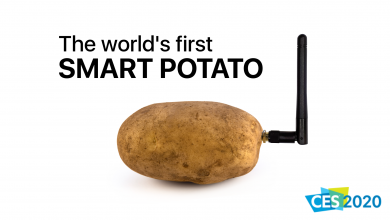Android is considered as one of the most popular Mobile platform and it covers the majority of Phones out their today. Almost, everyone owns a Android phone now and who’s behind all this magic? Google! But finally, the brand is selling its most popular service to a Brand you least expected, You guessed it right its Ubuntu. 🙁
Sundar Pachai, CEO of Google said, “This move was planned a long time back. We picked up the Android platform for a paltry amount of $50 million, so we’re ecstatic with a profit of $8.95 billion .Yay!”

However, many industry experts believe this is the result of a rift within the company’s development division. On the condition of anonymity, one of the Google employees working on Android suggests that Pachai proposed a Chrome browser style update model for Android, under which developers would require to push out a new version of Android every week, which the dev team opposed to vehemently. With a strike scare looming large, Google possibly thought this to be the best opportunity to dispose off the demon it created, that too at a neat profit.
After completing the deal, the Ubuntu CEO assured that he won’t kill the thriving platform. “We want to keep the core features of Android intact. Therefore, Ubuntu engineers will ensure that the OS lags even on multiple processor cores”.
However, the company will replace the Android Play Store with its own app repository. While upcoming Android phones will be iTunes-dependent, a software update disabling mass-storage mode in existing phones is also in the works. As rumours says Ubuntu will also partner Apple in this!
When asked about this latest development in the mobile space, Nokia’s CEO, in his official statement, just giggled. The reaction from Microsoft’s was funny and who doesn’t want its biggest competitor to be Completely dead? 🙁
Let us what you think in the comment sections below and how do you feel or react to this APRIL FOOL SUPER JOKE!!! :p hahaha!




You asshole!! :D:D
Psh, knew it was fake the second I saw the title. Fun read though!
Haha! Thanks yo! 😀 Happy Fooling! XD
I knew it from beginning that it’s a joke.
Right funny! And glad it’s a joke!
Yeah! 😀 If it wasn’t, Android would have been totally f**ked up!